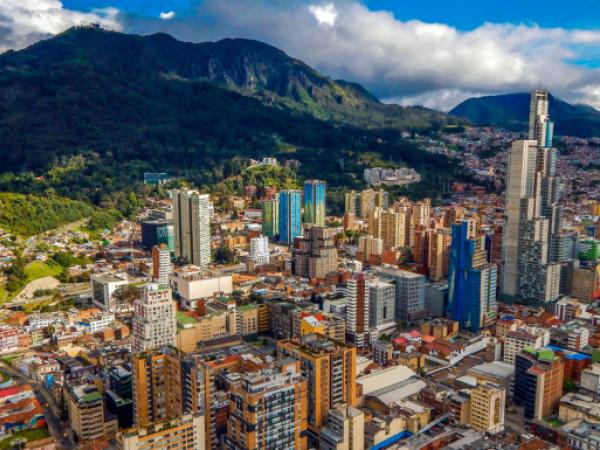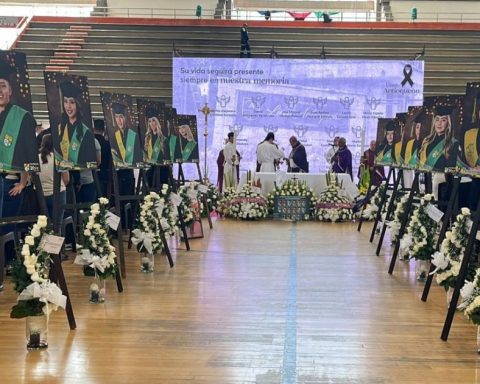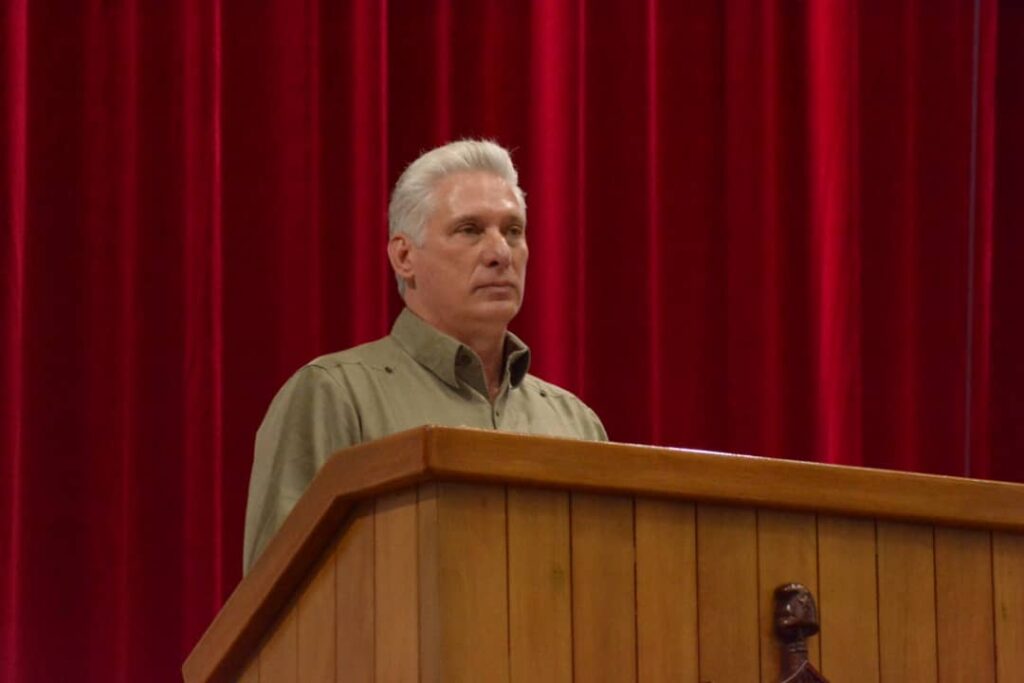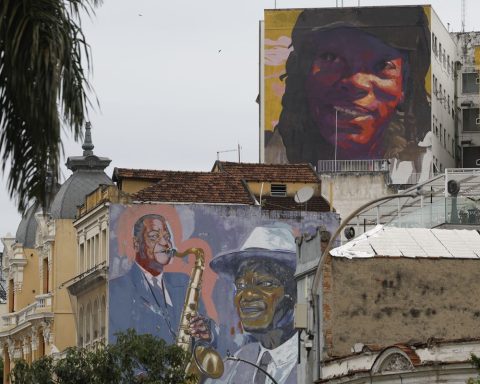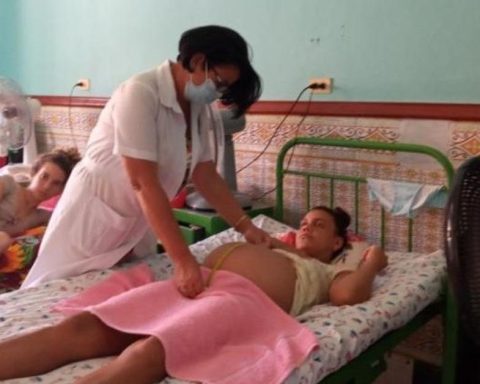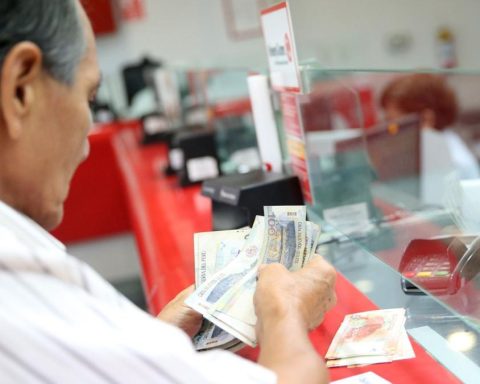The Bogota City Hall filed, before the Council of the capital, a Draft Agreement which seeks to increase by $5.84 billion the debt quota of the city to achieve key objectives of the 2020-2024 Development Plan.
The new resources will strengthen the social and productive inclusion of citizens through education, progress in the construction of the second line of the Metro and promote the District Care System, explained the District.
(See: Would the socioeconomic strata change in Bogotá?).
Specifically, it will seek to generate more than 60,000 jobs and, at the same time, increase quotas in Higher Education, which will allow expanding formal employability for young people. Likewise, the District Care System will be strengthened and extended to increase the labor participation of women.
25 schools will also be built, which 23,895 additional school places will be enabled. Of this figure, 19 schools will be new or restored, six infrastructures will be for early childhood and, in addition, a restitution heritage pedagogical center will be built, the Abel Rodríguez, in La Candelaria.
(See: Bogotá, first destination of Venezuelan migration in Colombia).
and will be guaranteed 56,000 more scholarships for quality post-secondary and higher education, especially for young people and women. In addition, formal and well-paid jobs will be increased, and the second underground Metro line will be built, which will reach the towns of Suba and Engativá, for $2.81 billion.
In short, the new resources requested will be used to finance the construction of schools ($1.08 billion) and the expansion of student scholarships ($1.4 billion), in terms of education; the second line of the Metro ($2.8 billion), and the San Cristóbal cable car $($0.3 billion); and the Gibraltar High Performance Sports Center ($0.24 billion), among other actions of the Care System.
(See: How much money has been invested, so far, for the Bogotá Metro).
“It makes no sense that we have very low debt levels, that we have a lot of savings and continue to have the same mobility, education and infrastructure problems. Let’s take advantage of this space, let’s do it responsibly as we are doing and we will get to the city we want”, added Juan Mauricio Ramírez, Secretary of Finance of Bogotá.
“Bogotá has full capacity to pay the debt quota. The city can borrow up to 40% of its savings capacity, today we are using 4% and with the new quota we would reach 10%. We can pay, invest and boost the growth of the economy without taking risks”, said Claudia López, mayor of the Colombian capital on Twitter.
BRIEFCASE
